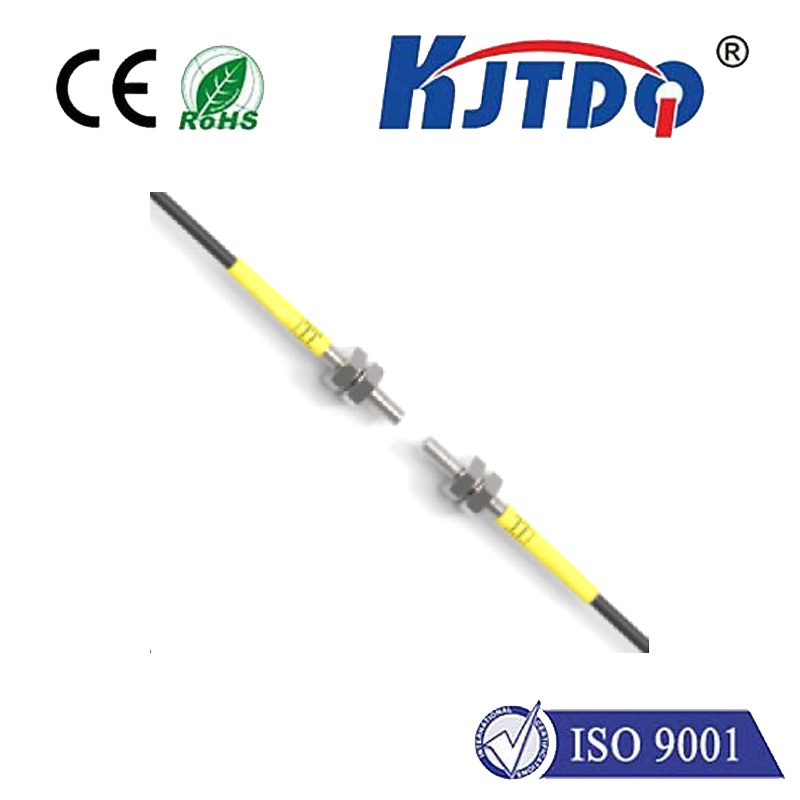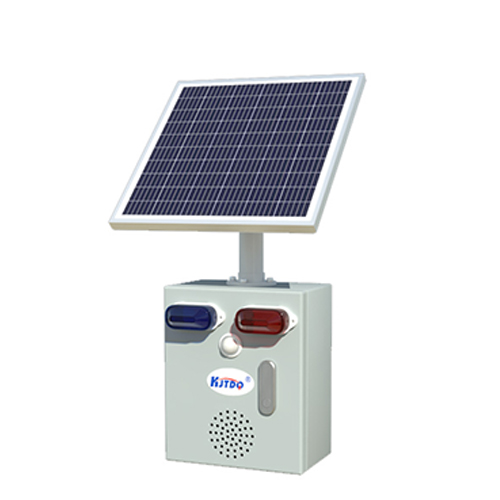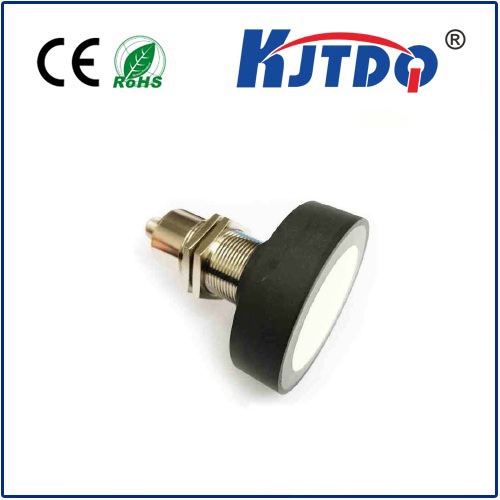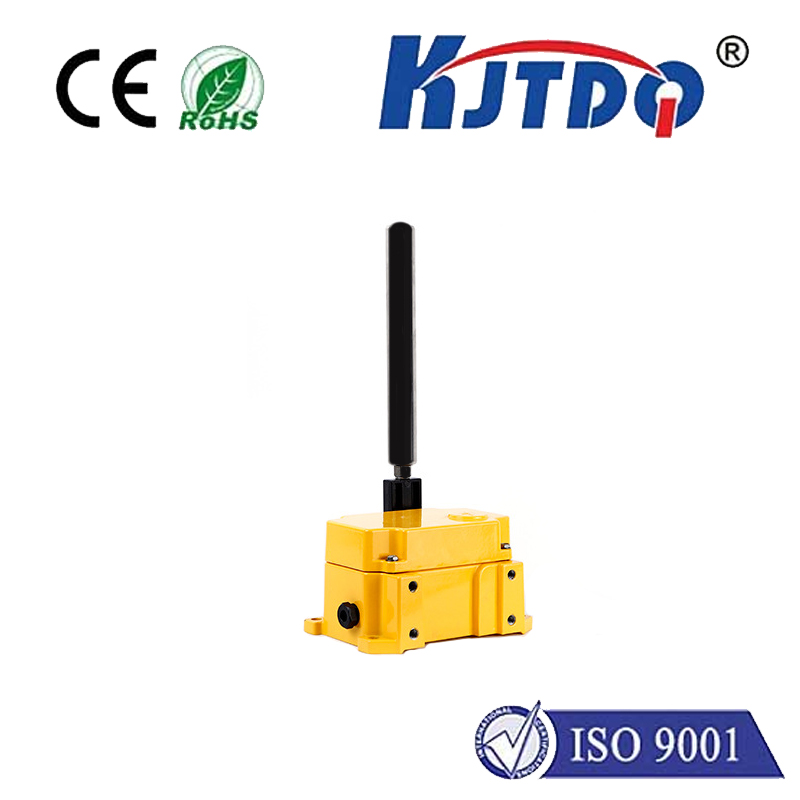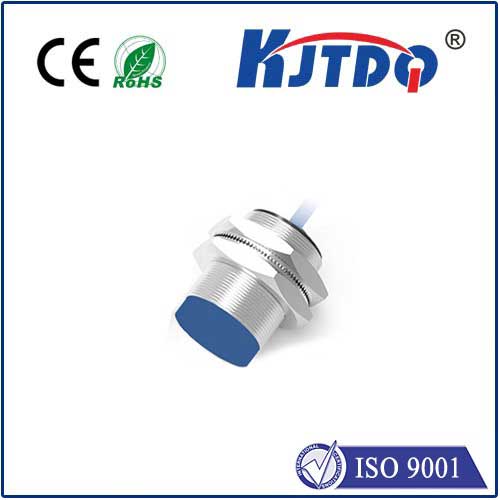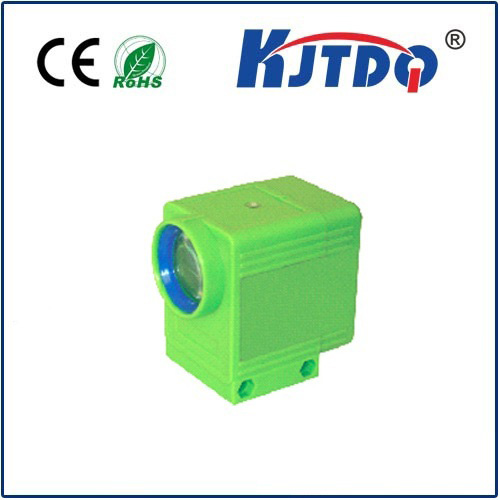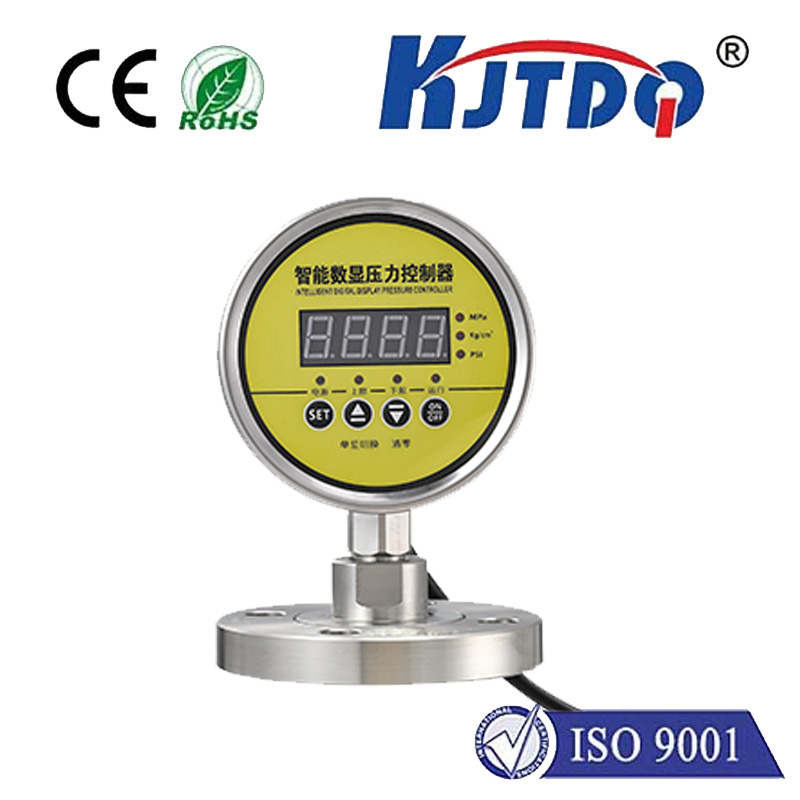

check

check

check

check

check

check

check

check

check

check
Imagine a world where detecting the tiniest objects on high-speed production lines is effortless, where harsh environments don’t compromise sensor performance, and where reliability isn’t a question but a guarantee. For engineers and automation specialists grappling with these exact challenges, fiber optic photoelectric sensors offer a compelling solution. Specifically, the E3FA-BN11 2M fiber optic photoelectric sensor stands out as a versatile and robust workhorse in the realm of industrial automation. This article delves deep into what makes this sensor tick, its key advantages, and where it excels, empowering you to understand if it’s the right tool for your demanding application.
Demystifying the E3FA-BN11: Core Technology and Configuration
At its heart, the E3FA-BN11 belongs to the OMRON E3FA series of fiber optic sensors. It utilizes photoelectric sensing – detecting the presence, absence, or distance of an object using light. However, unlike traditional sensors where the emitter and receiver are integrated into one unit, fiber optic sensors separate these functions. The E3FA-BN11 specifically refers to the amplifier unit (the brains of the operation), designed to work with separate fiber optic cables.

The “BN” suffix is crucial. It denotes that this sensor is configured for Through-Beam (Opposed) detection mode. This requires two separate fiber units: one housing the emitter (light source) and the other housing the receiver. The emitter sends a beam of light directly to the receiver. An object is detected when it interrupts this light beam. This mode offers the longest sensing distances and is exceptionally reliable for detecting small or difficult objects.
The “2M” simply indicates that this amplifier unit comes pre-configured and connected to a 2-meter fiber optic cable set – one emitter fiber and one receiver fiber, each 2 meters long, ready for immediate installation. This bundled offering significantly simplifies setup compared to sourcing components separately.
Why Choose the E3FA-BN11 2M? Key Features and Benefits
Where the E3FA-BN11 2M Shines: Practical Applications
This sensor’s unique blend of features makes it indispensable across numerous sectors:
Choosing the Right Tool: Is the E3FA-BN11 2M Right for You?
The E3FA-BN11 2M fiber optic photoelectric sensor is a powerhouse solution, particularly when you need reliable through-beam detection in challenging locations. Its bundled 2-meter cables offer immediate usability, while OMRON’s extensive range of compatible fiber heads ensures it can tackle diverse object detection tasks with precision. If your application involves small objects, tight spaces, harsh conditions, electrical noise, or requires high-speed, reliable through-beam sensing, the E3FA-BN11 deserves serious consideration. It embodies the core strengths of fiber optic photoelectric sensing – precision, durability, and adaptability – packaged for straightforward integration into demanding industrial automation systems. When pinpoint accuracy in tough spots is non-negotiable, this sensor delivers consistently.

